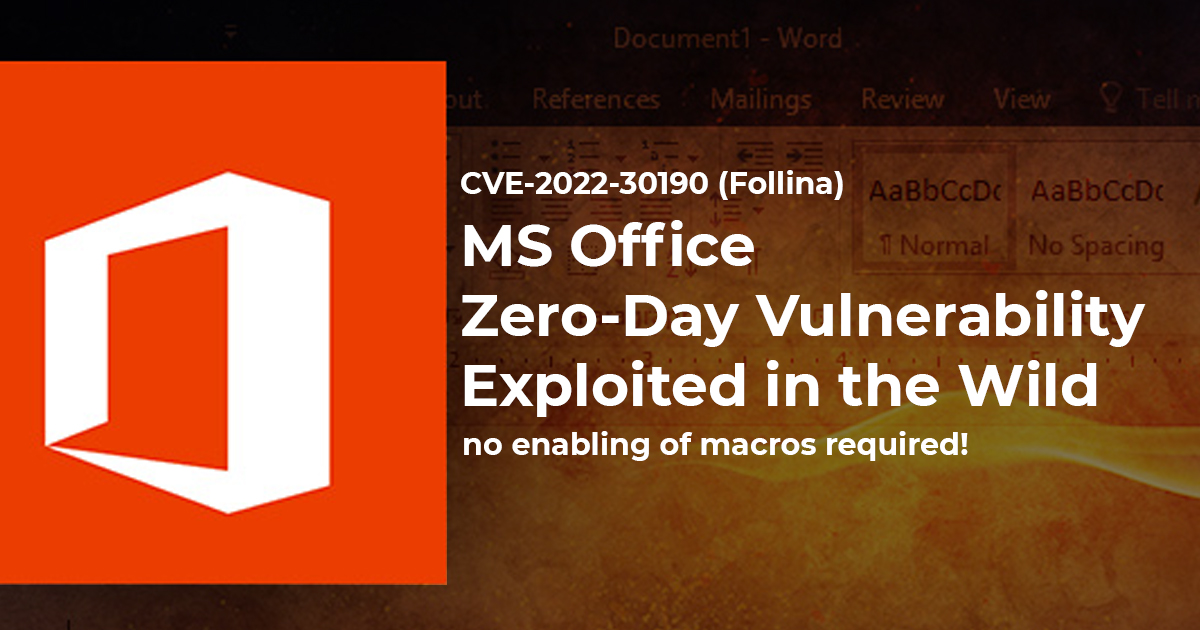According to an industry report published last year, over 35% of websites and web applications have at least one “high severity vulnerability.” This surprisingly high statistic demonstrates the necessity of appropriate firewalls to protect your digital environment.
Not all firewalls protect your systems from the same threats, in the same locations. The most common firewall products are network firewalls and web application firewalls. Understanding the differences between these two firewall types is crucial to ensuring that you have the appropriate protections in place to provide your business and clients with cutting edge online security.
What are Web Application Firewalls?
Web application firewalls (WAFs) protect against vulnerabilities that are unique to public-facing web applications, like websites. Conceptually, IT security professionals divide digital security into 7 layers. Within this model, WAFs provide security at the 7th layer, known as the “application layer.”
Pragmatically speaking, WAFs protect against attacks embedded in data transmitted to your web applications. There are a wide variety of web app attacks, but the most common (and critical) include:
- SQL injections– These malicious SQL statements can execute inside your applications to retrieve, edit, or even delete data within your SQL database.
- Cross-site scripting (XSS)– This is another form of data injection into your site, which embeds into data your app sends to your end-users. These end-users, such as your site visitors or clients, are the primary targets of XSS attacks.
- Distributed denial-of-service (DDoS)– This attack floods an application or network with malicious traffic. This traffic attempts to overwhelm your app and prevent normal traffic from being processed.
How network Firewalls differ from Web Application Firewalls
In a technical sense, the difference between application-level firewalls and network-level firewalls is the layers of security they operate on. While web application firewalls operate on layer 7 (applications), network firewalls operate on layers 3 and 4 (data transfer and network). WAFs are focused on protecting applications, while network firewalls are more concerned with traffic into and out of your broader network.
Network firewalls were traditionally the main digital protection for businesses. They excel at protecting against network-wide attacks that can attack connected devices and infiltrate systems via LAN. If you provide an internet connection at any business location, a network firewall is still a must-have.
Why you may need both Firewalls
While the importance of WAF and network firewalls may vary by business, there’s a good chance that you should employ both technologies to fully protect yourself and your clients. Since each firewall type protects against different attacks, using only one can leave your systems vulnerable.
For example, a network firewall alone will not provide sufficient protection for publicly-accessible websites. Since network firewalls only have visibility into packet headers, and not packet data itself, attacks like SQL injections can circumvent network firewalls. These vulnerabilities are only preventable via WAF capabilities. Without an application firewall, attackers can infiltrate your broader network through vulnerabilities in your web apps.
The need for comprehensive security leads to the need for “multi-layer” security across layers 3, 4, and 7. Fortunately, firewall vendors have stepped up to provide such protection.
Need help is selecting WAF and Firewall
Ozian360 specializes in WAF and Next-Gen Firewalls configurations and consulting, contact us today for a FREE quote




